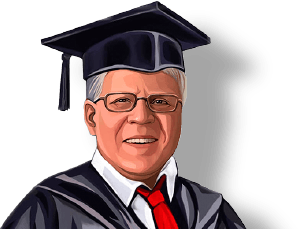
Seam Welding
Questions and Answers
Quality of the resultant weld product is important to all producers. Testing of seam welds is very important. They are tested and monitored using methods similar to spot welding. The peel test where the part is destructively pulled apart to examine the weld nugget is very common. Coupons are frequently used to represent production runs with close monitoring or weld parameters. Tension shear testing of samples is employed in some applications. Leak testing is used for fluid tight applications. Metallography is also an option.
There are two types of drives for seam weld wheels. One is driven by the central hub, direct drive. The other is driven by knurled wheels riding on the perimeter of the seam welding wheels, indirect drive. There are pros and cons for both systems.
The knurl drive system provides a constant linear wheel speed at all wheel diameters. It can also be used to dress one or both wheels. One negative is it leaves a knurl patter on the part face.
The driven hub can operate with just one wheel driven. It is a very positive drive. However as the wheel diameter decreases the part linear speed decreases. This has to be compensated for to maintain proper weld spacing. With driven hubs wheel dressing may need to be done off line at a lathe by trading out with another set of wheels.
Yes, seam welding wheels wear just as spot welding electrodes and they need to be machined back or maintained at their original face contour. This can be done by trading out with a second set of wheels and dressing on a lathe or dress continuously on the seam welder. Some machines employ knurled small wheels which ride on the perimeter of the seam welding wheel. These smaller wheels are designed to skive the wheel surface a little each revolution to maintain the working face of the wheel at a given shape and dimension.
One of the frequent uses of seam welders is for metal barrels or cylinders. Barrels are used in all sizes and are seam welded on longitudinal welders. Here the part runs into the throat of the machine and then is reversed and run back out. The seams are fluid tight and are used in many industries. Most barrels are roll formed to install a gusset for strength after welding. This gusset will be the lip which holds the top and bottom end pieces. The seam weld will maintain its integrity even after these forming operations.
There sometimes are clearance issues that demand that the two seam welding wheels cannot operate on the same axis. One or both might have to be leaned a little for part clearance. This can be done.
Page 10 of 11
Have a Question?
Do you have a question that is not covered in our knowledgebase? Do you have questions regarding the above article? Click here to ask the professor.
